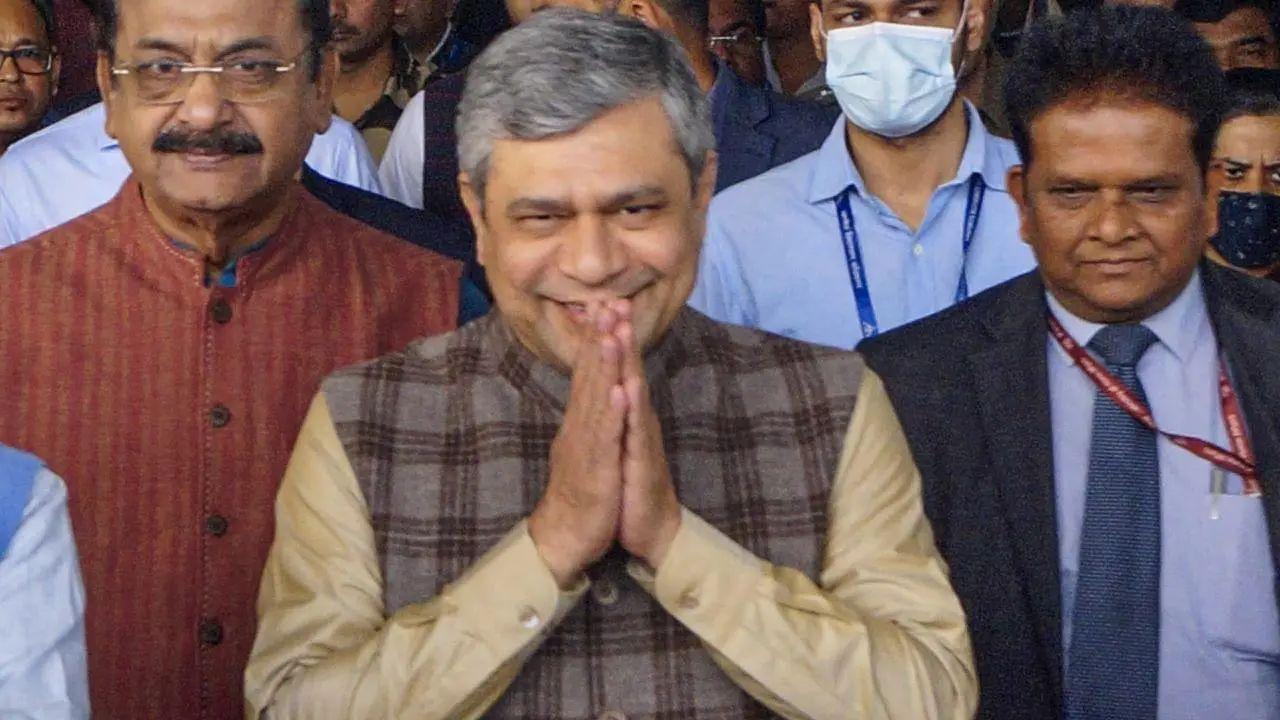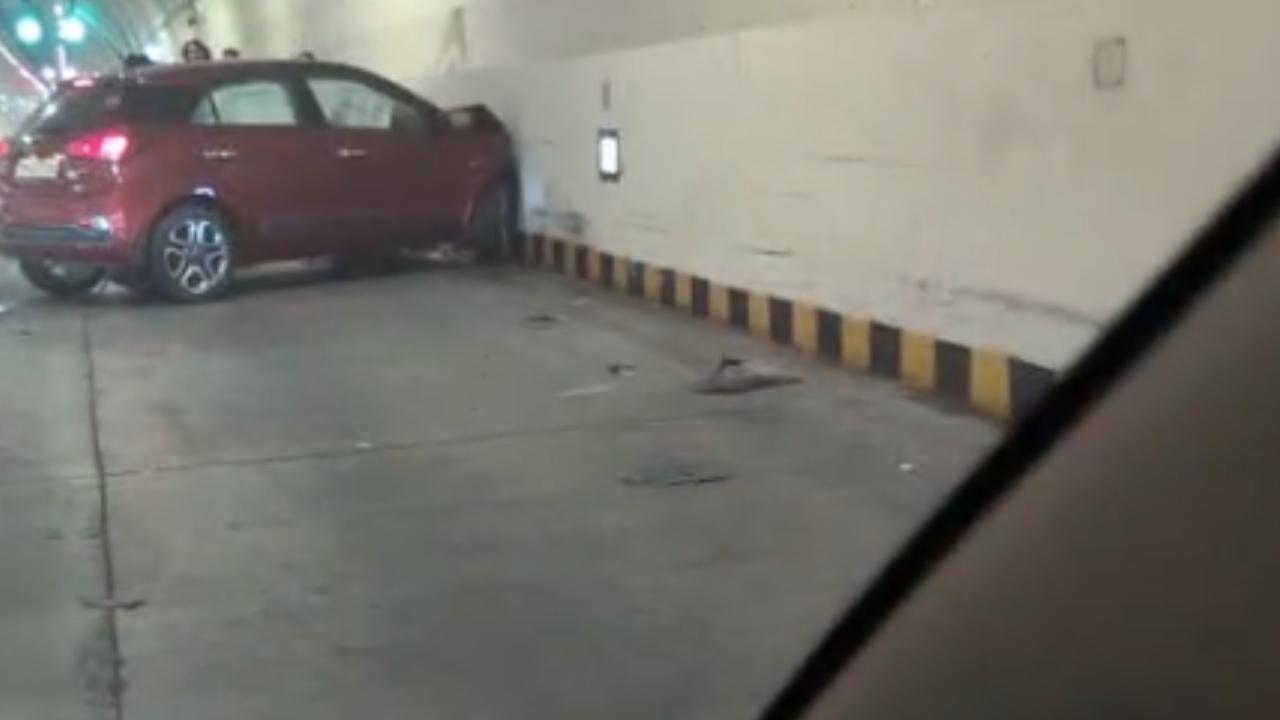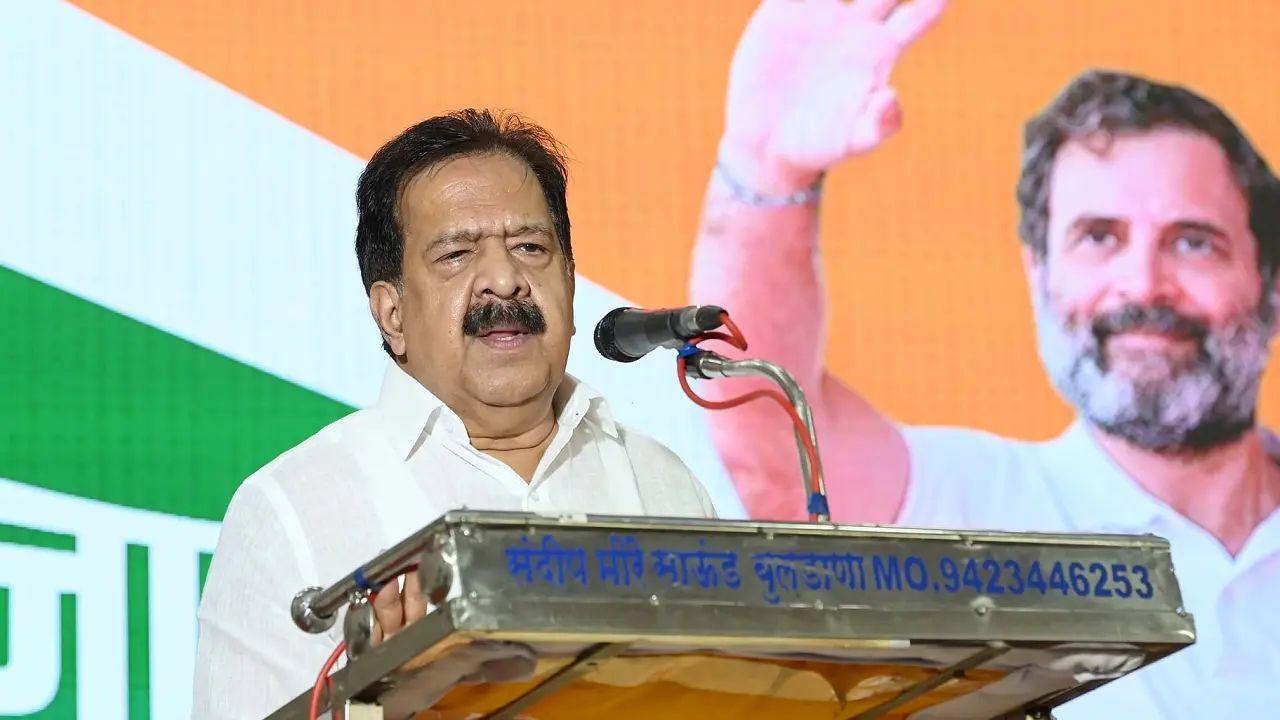Railway Minister Ashwini Vaishnaw on Monday reviewed the construction and track-laying work at the upcoming Bilimora Station, a key stop on the Mumbai-Ahmedabad Bullet Train corridor, news agency PTI reported, citing an official statement.
During his visit to the site, the minister assessed various components of the station, including the facade, internal spaces, platform areas, and modern passenger amenities such as waiting lounges, nurseries, restrooms, and retail outlets.
Bilimora is one of the 12 stations along the 508-kilometre high-speed rail corridor, India’s first bullet train route, connecting Mumbai and Ahmedabad. The statement noted that the station facade is inspired by the famous mango orchards of Bilimora, giving it a unique local identity, PTI reported.
The design of the station emphasises natural light and ventilation. The false ceilings are mounted using anti-vibration hangers to minimise the impact of vibrations from high-speed trains. In line with universal accessibility standards, the station will also be equipped with lifts and escalators to assist the elderly, persons with disabilities, and families with children.
Efforts are underway to make the station premises eco-friendly, with extensive plantation of saplings to create a refreshing environment, PTI reported. For the convenience of commuters, the station will feature a dedicated pick-up and drop-off zones, separate parking for buses, cars, two-wheelers, as well as for EV vehicles.
The design of the Mumbai-Ahmedabad Bullet Train stations aligns with the Indian Green Building Council (IGBC) standards. The facilities will feature several eco-friendly measures, including the efficient use of water resources and a dedicated system for rainwater harvesting. To further conserve water, low-flow sanitary fixtures are being installed throughout the station premises.
The interiors are designed to minimise heat gain, thereby reducing the load on cooling systems. Additionally, only low-VOC (volatile organic compound) paints are being used, helping to maintain healthy indoor air quality and reduce environmental impact.
The Railway Ministry also highlighted substantial progress in the overall construction of the bullet train corridor. Out of the total 508-kilometre stretch, 325 kilometres of viaduct and 400 kilometres of pier work have been completed. Infrastructure development includes the installation of 17 river bridges, five pre-stressed concrete (PSC) bridges, and 10 steel bridges.
To reduce noise pollution, more than 4 lakh noise barriers have been erected across a 216-km stretch. Furthermore, 217 kilometres of reinforced concrete track bed construction have been completed, and over 2,300 overhead equipment (OHE) masts have been installed along a 57-km stretch of the mainline viaduct.
Excavation is in progress for the seven mountain tunnels in Palghar district, and five kilometres of the 21-km tunnel between Bandra-Kurla Complex (BKC) and Shilphata in Maharashtra have already been excavated.
Additionally, construction of the rolling stock depots is underway in Surat and Ahmedabad, while the superstructure work at all Gujarat stations has reached an advanced stage, signalling steady and structured progress in India’s first high-speed rail project.
Railway Minister Vaishnaw was accompanied by Valsad MP Dhaval Patel and Gandevi MLA Naresh Patel during the site inspection.
(With PTI inputs)











